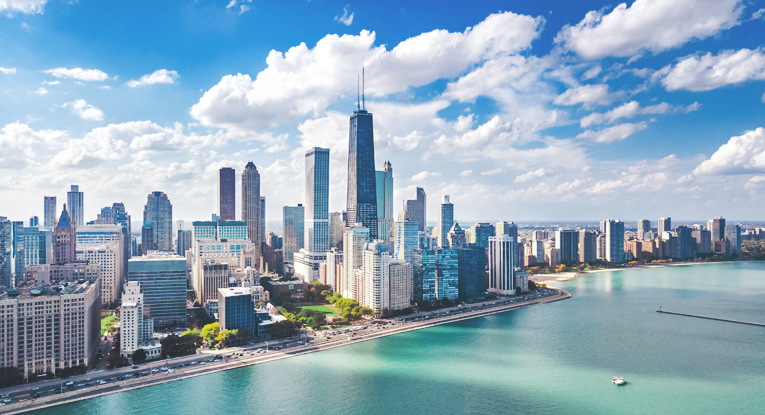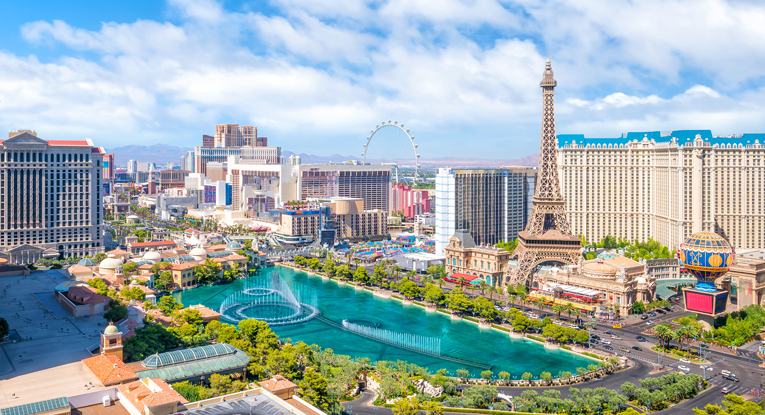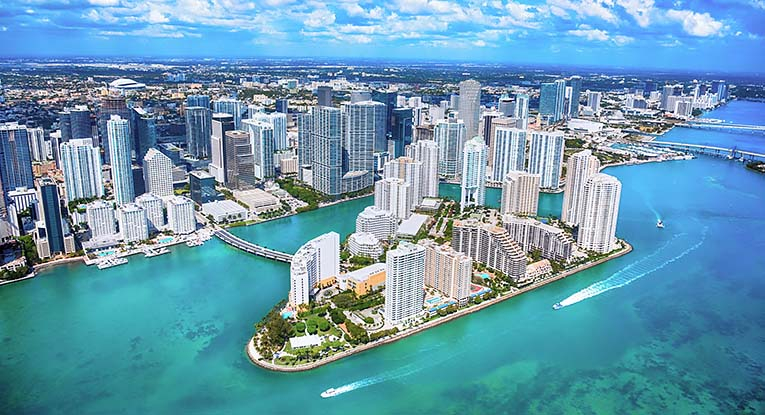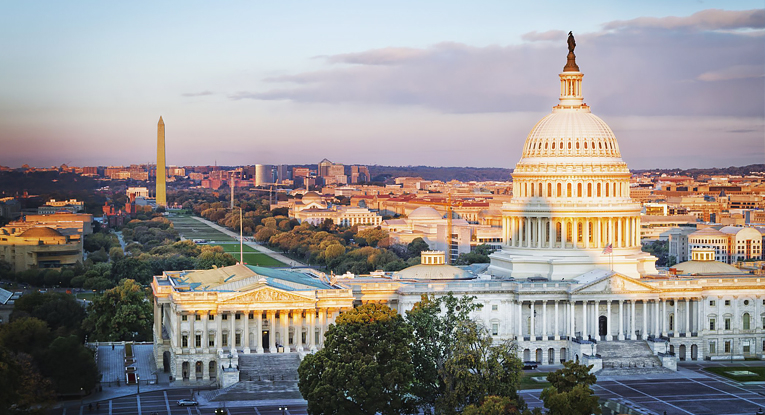The ABCs of B Corporations
Identifying Environmental, Social and Governance Investment Opportunities
Environmental, Social and Governance (ESG) factors are fast becoming a key consideration for companies and also for investors or investment funds interested in ESG-positive investments.
However, analysing and understanding the overall ESG impact of a company can be a difficult undertaking that can require the analysis of various touch points of information, as well as projecting how a company will continue to grow and improve, regarding ESG, into the future.
Do certified B Corps bridge that gap?
B Lab Global Network - B Lab UK and B Corporation Certification
B Lab is a nonprofit organisation founded in 2006 in the United States, which assesses and provides ESG certification for companies worldwide.
B Lab UK is the U.K. arm of the global B Lab certification network. B Lab’s strategic focus is on economic system changes to support its vision of an inclusive, equitable and regenerative economy through building a global network of companies. B Corporations (B Corps) (the B standing for Beneficial) are assessed and certified on the basis of meeting the highest standards of social and environmental performance, transparency and accountability.
B Corp certification is the official designation that a business is given having met verified performance, accountability and transparency standards on a range of factors and various stakeholder considerations, including supply chain practices, input materials and employee benefits. B Corp certification is holistic in approach and is not exclusively focussed on a single social or environmental issue, but can instead be tailored to focus on the relevant ESG concerns in a given business or industry.
Today, there are over 5,000 B Corps in the world, across 156 industries in 82 countries, with over 700 of those being U.K.-incorporated companies.
What are the Benefits of B Corp Certification?
Globally, there has been a continued focus on ESG issues across all businesses and industries. Therefore, the main attraction and benefit of B Corp certification is that it allows companies to actively and measurably demonstrate how they are dealing with ESG issues.
There are also broad and varied stakeholder benefits of B Corp certification that can include building trust with consumers, communities and suppliers; attracting and retaining employees; and attracting mission-aligned investment/investors. These benefits arise as a result of the verification process for certification and the ongoing obligations (including having to recertify every three years) demonstrating that the business/company is focussed on continual improvement and engagement with ESG issues.
B Lab’s holistic process of certification requires rigorous and widespread engagement from teams and departments across a business having the added benefit of constantly reviewing and considering touchstone elements of a business such as the business model, operations, structure and other various work processes. This also often includes a review of other stakeholder considerations such as potential complaints and site visits (this is all done on a continual ongoing basis).
There are also added global network effects for B Corp companies. B Corp companies are encouraged and assisted in collaborating and networking through B Lab’s networks to find solutions to specific ESG challenges. Further, these global networks encourage greater engagement from employees in the company’s purpose and mission, helping to better retain talent, as well as develop and better articulate the company’s mission to external parties, benefitting future communications with investors, clients, customers and suppliers.
There are numerous U.K.-incorporated companies that have obtained B Corp certification, including publicly listed companies such as Kin and Carta PLC (listed on the London Stock Exchange) and VivoPower International PLC (listed on NASDAQ), highlighting the change in market attitudes and perceptions, and the overall importance of ESG as a growth and investment factor (see B Lab’s B Corp global database).
How is B Corp Certification Obtained and Maintained?
B Corp certification requires a B Impact Assessment (BIA), which is an assessment by B Lab, reviewing a business’s impact on its workers, customers, community and the environment to determine its suitability for certification.
Step 1, Impact Assessment: The first step involves completing and submitting a free BIA through a confidential online tool that is used to measure your company’s social and environmental performance. It involves a series of questions tailored to your company’s size, sector and location, as well as a separate disclosure questionnaire. A company must achieve a score of 80+ points out of a possible 200. The company must also demonstrate it generates the majority of its revenue from trading, it competes in a competitive marketplace, it is not a charity, and it is not a public body or otherwise owned by the state.
Step 2, Improving BIA: B Lab notes it is rare for a company to receive 80 points or higher on their first assessment, and most companies will need to spend further time improving their score, which can be done by using the built-in tools on the BIA.
Step 3, Legal Requirement: B Corp certification also involves a legal requirement, namely amending your company’s governing documents. Therefore, U.K. companies will be required to adopt specific wording into their Articles of Association that reflect, as explained by B Lab, “a commitment to creating material positive impact on society and the environment, and to consider the impact of your decisions on all of your stakeholders, including shareholders, employees, suppliers, society and the environment” (B Lab UK provides companies the specific wording to be inserted).
Step 4, Submit a Review: Once a company’s BIA score is 80+ points and the disclosure questionnaire is completed, the assessment is formally reviewed by B Lab. It should be noted that BIAs for public companies are required to be made available online upon completion, and are public documents.
Step 5, Evaluation and Verification: This is a two-part process. The first involves an evaluation stage which includes background checks on a company’s eligibility and high-level screening of its BIA score. The second part is a verification process where a B Lab Standards Analyst performs verification of the company’s assessment and can request supporting evidence.
Once these steps have been successfully completed, a company is then a certified B Corp which includes some final practical steps including:
- signing a B Corp declaration;
- signing a B Corp agreement; and
- paying the annual certification fee.
Continuing Obligations of B Corps
B Corps have ongoing obligations they have to fulfil to maintain their certification, which ensures that compliance requirements for certification are being met long-term.
These compliance requirements include:
- that B Corps prepare an annual impact report;
- that every three years companies will have to recertify, which will involve updating their BIA to ensure they still meet the required standard; and
- as a part of the recertification process some companies are selected for indepth site reviews verifying a company’s requirements for certification (this will also include all public companies and any wholly owned subsidiaries of public companies).
Therefore, as public companies’ BIAs and annual impact reports are made public, it becomes easier for stakeholders such as investors to review a company’s ESG profile and understand how it is maintaining certification and working towards improving relevant areas of the business.
B Corp Target Companies – The U.S. Market Looks for ESG-Oriented Investments
The increasing focus on ESG globally has caused marked changes to investment portfolios around the globe, particularly in the U.S., generally indicating that increasingly more and more allocations in investment portfolios will trend towards ESG investment.
While many think of the U.S. Comprehensive Environmental Response, Compensation & Liability Act of 1980, better known as “Superfund”, as only an environmental cleanup statute, in reality, it did so much more to drive U.S. capital markets to view environmental risk differently. It did so by creating the spectre that lenders and investors could themselves be found liable for environmental cleanup costs if the assets they took as security were environmentally impaired. When lenders realised they could face potentially significant financial exposure by lending on environmentally impaired property, or in businesses with mounting environmental liabilities, they quickly put in place policies and loan terms which required corporate borrowers to more proactively investigate and remediate their properties, and adopt more “environmentally friendly” practices to reduce the potential for future cleanup liability. This tightening of the capital markets drove corporations to more aggressively police the environmental impacts of their activities, and changed the way they managed environmental impacts associated with their business operations.
The B Corp initiative reflects a growing trend within capital markets to make responsible ESG policies a lending and investment priority. While the Superfund statute drove change by the threat of liability, ESG policies are at the core of the recent B Corp trend, which instead steers businesses seeking access to capital markets towards more responsible and sustainable practices. Over the past decade, a growing number of U.S. investment funds and lenders have established ESG goals for their borrowers. These initiatives are more in the nature of social engineering, encouraging prospective borrowers or investment targets to adopt more sustainable practices through the power of the purse. Presently, these efforts are voluntary, but the message to the market is that ESG goals are becoming an increasingly important part of attracting investment.
Like all trends in capital markets, U.S. regulators, in the name of protecting investors, are developing their own enforcement policies to police ESG claims, with an emphasis on claims related to climate change. In March 2021, in back-to-back pronouncements, the U.S. Securities and Exchange Commission announced the creation of the Climate and ESG Task Force within the Division of Enforcement, while its Division of Examinations announced its 2021 examination priorities, including a greater focus on climate-related risks. More recently, the Division of Examinations has issued “Risk Alerts” highlighting findings from recently completed reviews of investment advisers, registered investment companies and private funds offering ESG products and services.
B Lab and B Corps are the market’s effort to shore up investor confidence in ESG-based investments, and to serve as a portal for investors who want to assure that corporate ESG claims are substantive and not merely window dressing. Outside of B Corp certifications (or any other similar offerings), there is no readily available way to specifically (and independently) analyse a company’s ESG impact. B Corp certification presents a readily available and verifiable source for investors to analyse and see what steps a company is taking towards ESG.
Our experienced U.K. Capital Markets and international Corporate teams are able to guide interested parties through this process, including providing the necessary legal and regulatory advice before, during and after any transaction, and specifically as it may relate to ESG, the acquisition of a B Corp or review of ESG credentials.
Disclaimer: This publication is provided by Armstrong Teasdale Limited for information purposes only. The information contained in this publication should not be construed as legal advice. Any questions or further information regarding the matters discussed in this publication can be directed to Armstrong Teasdale’s U.K. Capital Markets team or to your relevant Armstrong Teasdale U.S. contact.









































